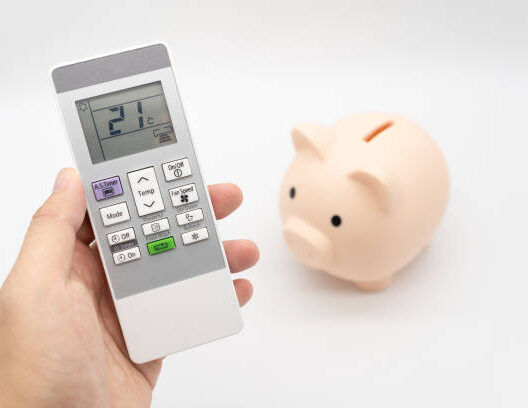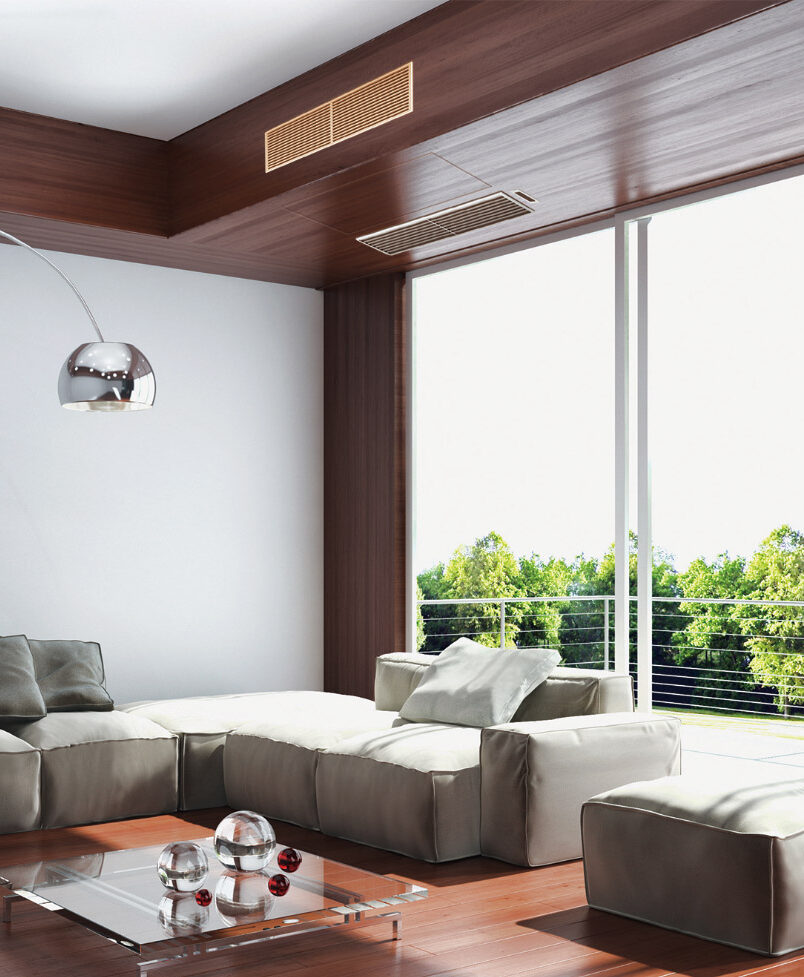Q: I have ceiling vents for heating and cooling, but I’m unsure of the unit’s location.
A: If you have ceiling vents delivering both heating and cooling, you likely have either a ducted heater with an added cooling system or a ducted split system.
In the case of a ducted split system, you’ll typically find a coil in the ceiling and a condenser unit situated outside.
For a ducted heating system with add-on cooling, the heater is usually located in the roof space, with the condenser unit positioned outside.
Q: I have a fault (number) on my ducted split controller – how do I fix that?
A: Many fault codes on the screen indicate a problem with the machine or serve as a reminder for a scheduled service or filter cleaning. To address this, start by attempting to reset the system by switching off the power at the mains and then turning it back on.
If this doesn’t resolve the issue, it’s advisable to arrange for a technician to inspect and rectify the fault.
Q: My ducted split controller is not displaying anything, and it’s non-operative.
A: To address this issue, first, try resetting the system by turning the power off and then on at the mains. If this doesn’t resolve the problem, you will need to arrange for a technician to inspect and diagnose the issue.








